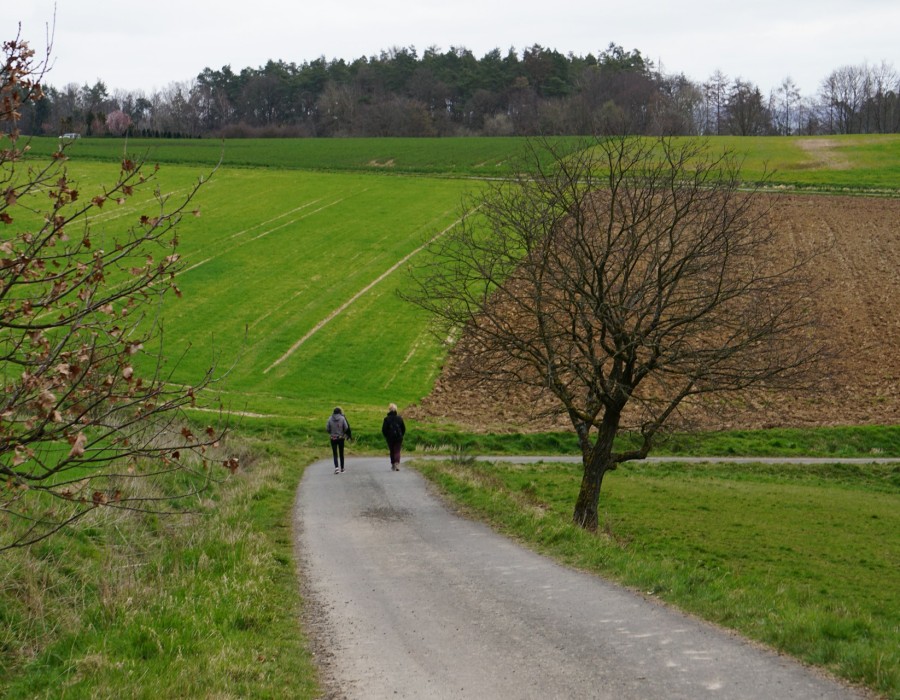Walk and talk therapy is a unique approach to therapy that combines the benefits of physical exercise with the traditional talk therapy session. This innovative form of therapy involves taking sessions outdoors and engaging in conversation while walking. This article explores the various benefits of walk and talk therapy and why it has become increasingly popular in recent years.
What is Walk and Talk Therapy?
Walk and talk therapy, also known as outdoor therapy or ecotherapy, is a form of therapy that involves conducting therapy sessions outside while walking. This approach provides a relaxed and informal setting for therapy sessions, allowing clients to feel more at ease and open up more easily.
During walk and talk therapy sessions, clients and therapists walk side by side, discussing various topics, thoughts, and feelings. The physical activity of walking can help reduce stress, improve mood, and increase overall well-being, making it an ideal complement to the therapeutic process.
Benefits of Walk and Talk Therapy
Physical Exercise
One of the main benefits of walk and talk therapy is the physical exercise involved. Walking is a gentle form of exercise that can help reduce stress and anxiety, improve mood, and boost overall well-being. The physical activity of walking releases endorphins, which are known as the "feel-good" hormones, helping to improve mood and combat feelings of depression and anxiety.
Being outdoors and getting fresh air also has numerous physical benefits, such as improving cardiovascular health, boosting immunity, and reducing inflammation. The combination of physical exercise and being in nature can have a powerful impact on mental health and emotional well-being.
Improved Communication
Walking side by side during therapy sessions can help clients feel more relaxed and open to discussing personal issues. The physical movement and change of scenery can create a more informal and less intimidating environment for therapy sessions, making it easier for clients to open up and communicate more freely.
The act of walking can also help facilitate conversation, as it provides a natural rhythm and flow to the discussion. Clients may find it easier to express themselves while walking, as the physical activity can help them feel more grounded and focused.
Connection with Nature
Being outdoors and surrounded by nature can have a calming and grounding effect on the mind and body. The sights, sounds, and smells of nature can help reduce stress, increase relaxation, and improve overall well-being. Connecting with nature during walk and talk therapy sessions can provide a sense of peace and tranquility that is often lacking in indoor therapy settings like EMDR and other.
Nature has been shown to have a therapeutic effect on mental
health, with research suggesting that spending time outdoors can reduce symptoms of anxiety, depression, and other mental health conditions. Incorporating nature into therapy sessions can help clients feel more connected to the world around them and gain a new perspective on their problems.
Mind-Body Connection
Walk and talk therapy emphasizes the connection between physical activity and mental health, recognizing the powerful impact that movement can have on emotional well-being. The mind-body connection is an important aspect of overall health and wellness, and walk and talk therapy provides a unique opportunity to engage both the body and mind in the therapeutic process.
By incorporating physical exercise into therapy sessions, clients can learn to better regulate their emotions, reduce stress, and improve their overall mental health. The act of walking can help clients focus on their thoughts and feelings, allowing them to gain insight and perspective on their problems.
Increased Creativity and Problem-Solving
Walking outdoors can stimulate creativity and help clients think more clearly and creatively. The change of scenery and fresh air can inspire new ideas and perspectives, leading to greater problem-solving abilities and insight. Clients may find that they are able to think more clearly and come up with creative solutions to their problems while walking.
Research has shown that spending time in nature can enhance creativity, cognitive function, and problem-solving skills. Walk and talk therapy provides a unique opportunity to tap into this creative energy and enhance the therapeutic process.
Conclusion
Walk and talk therapy is a unique and effective approach to therapy that combines the benefits of physical exercise with traditional talk therapy. By conducting therapy sessions outdoors while walking, clients can enjoy the physical and mental health benefits of being in nature while engaging in meaningful conversations with their therapist.
The physical exercise involved in walk and talk therapy can help reduce stress, improve mood, and boost overall well-being. Being outdoors and connecting with nature can have a calming and grounding effect on the mind and body, helping to reduce symptoms of anxiety, depression, and other mental health conditions.
Overall, walk and talk therapy provides a holistic approach to mental health and well-being, emphasizing the importance of the mind-body connection and the therapeutic benefits of nature. This innovative form of therapy is becoming increasingly popular for its unique approach to healing and its ability to improve overall mental health and emotional well-being.





Comments